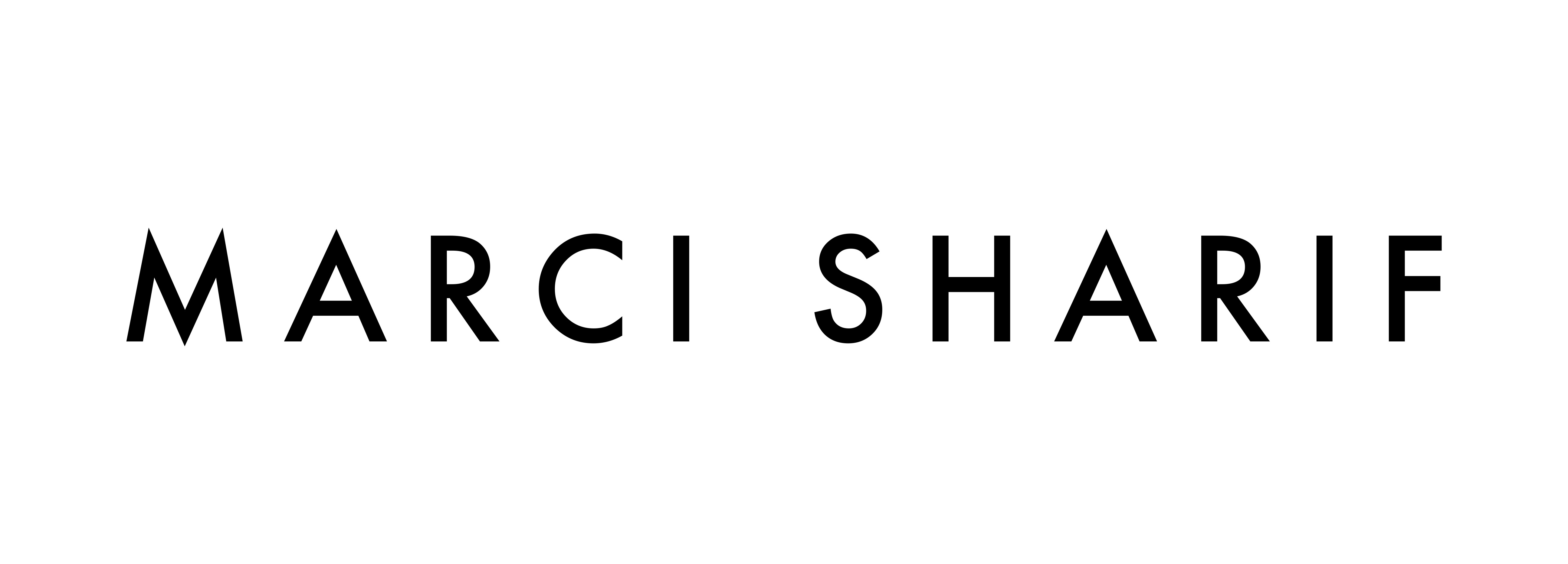The best way out is through
I used to think the best way to help someone going through something was to reassure them. Offer justifications or another way of seeing things. Help them feel better, ideally, as quickly as possible.
This was extremely well-intentioned. No one likes being in pain. It seems like the kind and friendly thing to do — help someone get out of the dumps pronto.
But not necessarily.
I got to thinking about this after getting together with a dear old friend a few weeks ago. We hadn’t seen each other in several years, and when we sat down for our five-hour lunch, it was like no time had passed. Except for one thing: She was happier than I’ve ever seen her. This woman is thriving.
She will readily admit she doesn’t have it all figured out, but a lot of what she’s doing is working. She runs a major company and has tremendous career and financial success. She’s seeing a man she’s excited about. Her life is full of high-quality relationships and meaning. She was glowing.
The thing is, my friend spent a lot of time on the opposite end of the spectrum, dealing with pain, betrayal health trouble and loss.
She can identify a few factors that helped her get to where she is now, but she told me the first step was processing all that pain — not numbing, denying or overthinking it. Just feeling it; allowing it. She recruited several resources for help and support, and it’s fundamentally been an inside job. Crying, raging, facing the stuff a lot of us are tempted to either blow up or avoid. By genuinely tending to her wounds, they have slowly started to heal.
She’s lighter now than I’ve ever seen her. Less burdened. Plenty of things will still make her cry, but she’s no longer chronically paralyzed or trapped by her scars.
Of course, this didn’t happen overnight, and it’s taken a healthy dose of courage, but by choosing to venture into the pleasant stuff rather than resist it, the pain she used to lug around has lost its charge and increasingly faded away. It’s created somewhat of a blank internal slate — fertile ground for practices like visualization meditations and affirmations to forge new patterns and lift her to new potentials.
Again, she’s still a work in progress, and I won’t pretend she’s perfect, but the proof is in the pudding, and her pudding — her life — has gotten sweeter and sweeter.
I left our lunch with so many insights and ideas that it’s hard to know where to begin, but since facing pain was her step one, that’s mine now, too. I’m focused on discerning what I need to address. It’s generally the stuff that tenses my body, as if my inner system is saying “no, no, no” when it comes up. I’m playing with navigating into those uncomfortable waters by seeing if I can relax a little bit. I don’t have to like the feelings that come up (and I certainly feel the urge to distract myself or lash out instead of sitting still with them), but can I soften my mind and body and allow what’s there?
I’m committed to giving others the space to do this. No more circus acts to get my loved ones out of the trenches.
That point is best illustrated by a children’s book my sister sent me, “The Rabbit Listened,” by Cori Doerrfeld.
It’s a sweet story about a main character, Taylor, who suffers a loss. A project that she was proud of completely crashes, and she’s distraught. So, one character after another enters to try to make her feel better. They try all different approaches: tell her to yell, talk, rebuild, just get over it … but nothing helps. She remains immobilized by the blow. Defeated. Stuck.
Then the rabbit comes along. He just sits there, and at first, Taylor doesn’t even notice. Then, feeling his presence, she opens up. The rabbit stays, he doesn’t judge or interject. He sits by, and in the safe space of him simply being there, she screams and cries and starts to process all the feels, until ultimately, she’s cleared out and calm. She’s restored to start dreaming and building again.
When hardships come, we need to feel them. We need to feel the bad and process the difficult emotions that arise. As much as we don’t want that for ourselves or for anyone we love, it’s the only way to genuinely move forward. It’s like Robert Frost’s poem that says “the best way out is always through.”
My friend’s willingness to step into the mud is what helped her escape her pain loops and create a new life. The rabbit not talking Taylor out of her hurt — instead giving her the space and support to deal with it — helped her heal and get to a point to start fresh.
For sure, encouragement is helpful. Guidance and explicit support are incredibly valuable. It’s vital we seek this out and provide it for other people. I’m just suggesting we do it in a context that prioritizes honestly feeling and dealing.
So, think this over. When things come up for yourself or when someone you care about is struggling, is it possible to bring an energy of allowing instead of resisting into the picture? Could we encourage all the feels to fully come through? Not by overthinking or intentionally stirring up pain but just by being really present, honest and brave.
You also might consider checking out that book as a potential holiday gift for a child in your life. And yourself!

